Refine listing
Actions for selected content:
16950 results
9 - Astrobiology as the neo-Copernican synthesis?
-
- Book:
- The Astrobiological Landscape
- Published online:
- 05 July 2012
- Print publication:
- 21 June 2012, pp 203-215
-
- Chapter
- Export citation
6 - Rare Earths and the continuity thesis
-
- Book:
- The Astrobiological Landscape
- Published online:
- 05 July 2012
- Print publication:
- 21 June 2012, pp 130-147
-
- Chapter
- Export citation
The Astrobiological Landscape - Title page
-
-
- Book:
- The Astrobiological Landscape
- Published online:
- 05 July 2012
- Print publication:
- 21 June 2012, pp iii-iii
-
- Chapter
- Export citation
The Astrobiological Landscape - Half title page
-
- Book:
- The Astrobiological Landscape
- Published online:
- 05 July 2012
- Print publication:
- 21 June 2012, pp i-i
-
- Chapter
- Export citation
2 - Cosmology, life and duration of the past
-
- Book:
- The Astrobiological Landscape
- Published online:
- 05 July 2012
- Print publication:
- 21 June 2012, pp 27-55
-
- Chapter
- Export citation
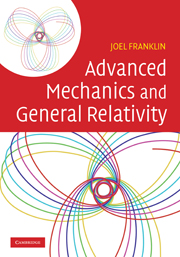
Advanced Mechanics and General Relativity
-
- Published online:
- 05 June 2012
- Print publication:
- 08 July 2010
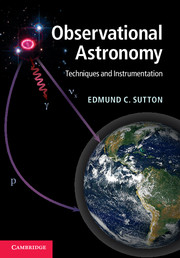
Observational Astronomy
- Techniques and Instrumentation
-
- Published online:
- 05 June 2012
- Print publication:
- 13 October 2011
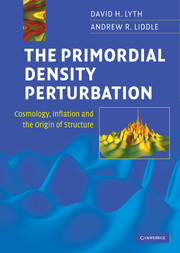
The Primordial Density Perturbation
- Cosmology, Inflation and the Origin of Structure
-
- Published online:
- 05 June 2012
- Print publication:
- 11 June 2009
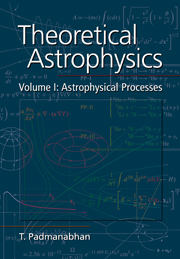
Theoretical Astrophysics
-
- Published online:
- 05 June 2012
- Print publication:
- 02 October 2000

High Energy Astrophysics
-
- Published online:
- 05 June 2012
- Print publication:
- 28 July 1994
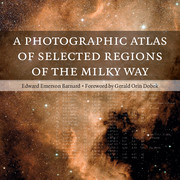
A Photographic Atlas of Selected Regions of the Milky Way
-
- Published online:
- 05 June 2012
- Print publication:
- 17 March 2011
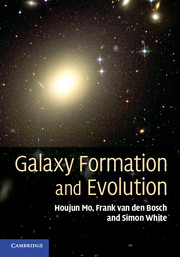
Galaxy Formation and Evolution
-
- Published online:
- 05 June 2012
- Print publication:
- 20 May 2010
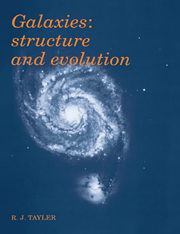
Galaxies
- Structure and Evolution
-
- Published online:
- 05 June 2012
- Print publication:
- 04 March 1993
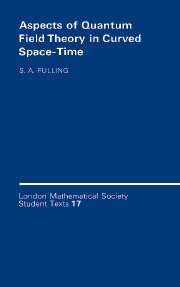
Aspects of Quantum Field Theory in Curved Spacetime
-
- Published online:
- 05 June 2012
- Print publication:
- 24 August 1989
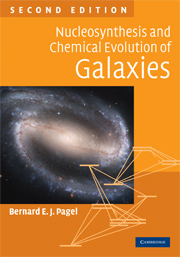
Nucleosynthesis and Chemical Evolution of Galaxies
-
- Published online:
- 05 June 2012
- Print publication:
- 15 January 2009
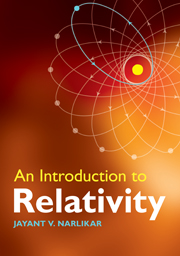
An Introduction to Relativity
-
- Published online:
- 05 June 2012
- Print publication:
- 28 January 2010

Earth
- Evolution of a Habitable World
-
- Published online:
- 05 June 2012
- Print publication:
- 13 October 1998
-
- Book
- Export citation
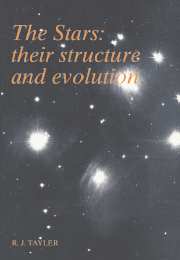
The Stars
- Their Structure and Evolution
-
- Published online:
- 05 June 2012
- Print publication:
- 23 June 1994
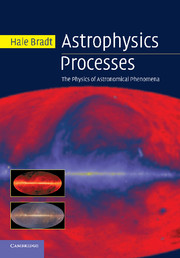
Astrophysics Processes
- The Physics of Astronomical Phenomena
-
- Published online:
- 05 June 2012
- Print publication:
- 22 September 2008
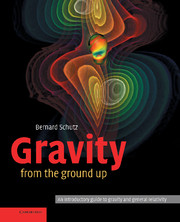
Gravity from the Ground Up
- An Introductory Guide to Gravity and General Relativity
-
- Published online:
- 05 June 2012
- Print publication:
- 04 December 2003
